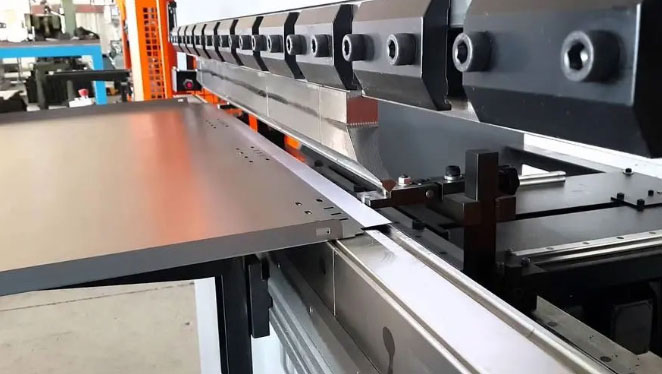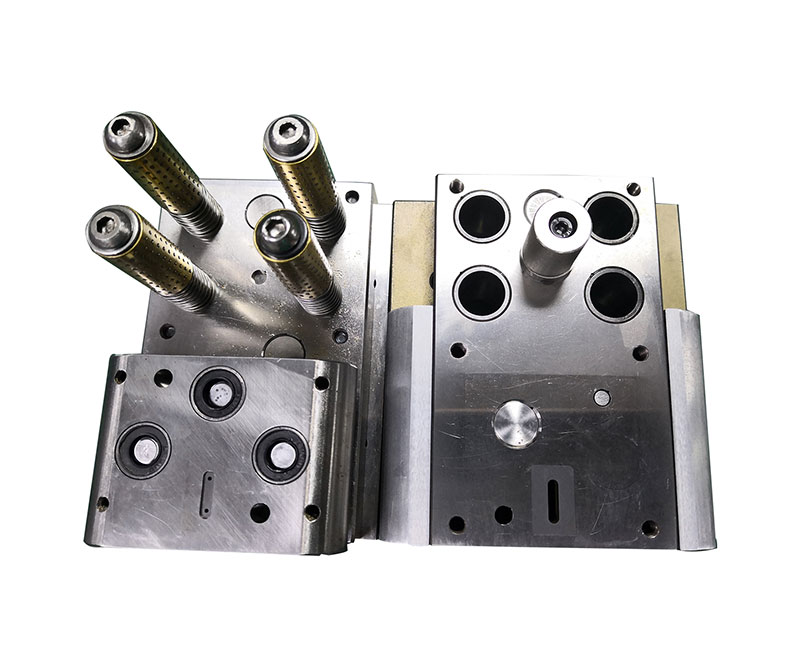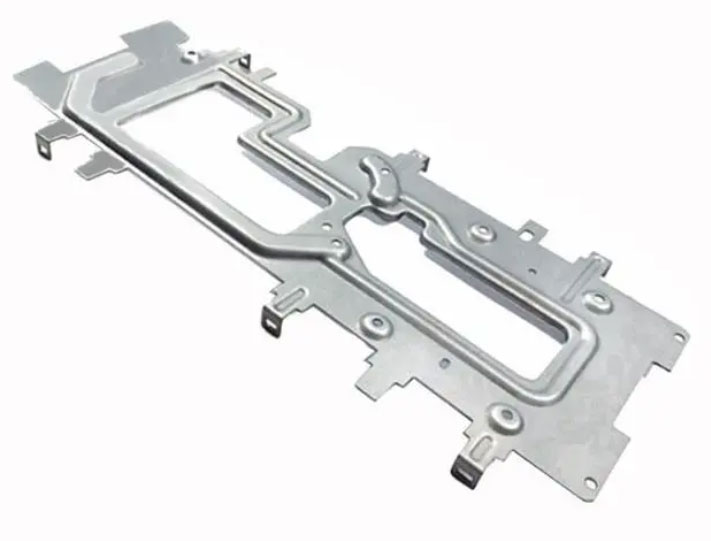Introduction: Sheet metal fabrication is a versatile and crucial process in the manufacturing industry. Whether you’re a professional engineer, a DIY enthusiast, or simply curious about the world of metalworking, this comprehensive guide will provide you with a deep understanding of sheet metal fabrication. From the basics of sheet metal to the advanced techniques used in the industry, we’ll cover it all. So, let’s dive into the fascinating world of sheet metal fabrication.

What is Sheet Metal Fabrication?
Sheet metal fabrication is the process of transforming flat sheets of metal into various shapes and structures. It involves cutting, bending, shaping, and assembling the metal to create products such as car parts, machinery components, HVAC systems, kitchen appliances, and much more. Sheet metal is typically made from materials like steel, aluminum, brass, copper, or titanium, depending on the desired properties and application.
Importance of Sheet Metal Fabrication
Sheet metal fabrication plays a vital role in numerous industries, including automotive, aerospace, construction, and manufacturing. Here are some key reasons why it’s so important:
Versatility: Sheet metal can be molded into complex shapes, making it highly versatile for different applications.
Strength and Durability: Sheet metal components offer excellent strength and durability, ensuring long-lasting performance even in demanding environments.
Cost-Effective: Compared to other materials, sheet metal is relatively inexpensive, making it a cost-effective choice for mass production.
Customization: Sheet metal fabrication allows for customization, enabling manufacturers to create products tailored to specific requirements.
The Sheet Metal Fabrication Process
Sheet metal fabrication involves a series of steps that transform raw metal sheets into finished products. Here’s a breakdown of the typical fabrication process:
Design and Engineering: The process begins with designing the desired product and engineering the specifications using computer-aided design (CAD) software.
Material Selection: Choosing the appropriate type and gauge of sheet metal is crucial to meet the design requirements and desired properties.
Cutting: The metal sheets are cut into the desired shapes using various techniques like shearing, laser cutting, or water jet cutting.
Forming: The cut sheets are then formed into the desired shapes through processes like bending, rolling, or stamping.
Joining: Different components are joined together using techniques such as welding, riveting, or adhesive bonding.
Finishing: The fabricated product undergoes finishing processes like surface treatment, painting, or powder coating to enhance its appearance and protect it from corrosion.
Advanced Techniques in Sheet Metal Fabrication
Sheet metal fabrication has evolved over the years, and advanced techniques have been developed to meet complex demands. Here are some notable techniques used in the industry:
CNC Machining: Computer Numerical Control (CNC) machines automate the fabrication process, enabling precise and efficient cutting, drilling, and shaping of sheet metal.
Hydroforming: This technique uses fluid pressure to shape the metal into intricate forms, allowing for complex designs without compromising structural integrity.
3D Printing: Additive manufacturing techniques, such as 3D printing, have found their way into sheet metal fabrication, enabling rapid prototyping and customization.
Laser Welding: Laser beams are used to weld sheet metal components, providing precise and high-quality welds with minimal heat-affected zones.
Conclusion
Sheet metal fabrication is a fascinating field that combines artistry, engineering, and precision. This article has provided you with a comprehensive overview of sheet metal fabrication, from its definition and importance to the fabrication process and advanced techniques. By understanding the fundamentals of sheet metal fabrication, you’ll gain insights into the intricate world behind the products we encounter every day.

